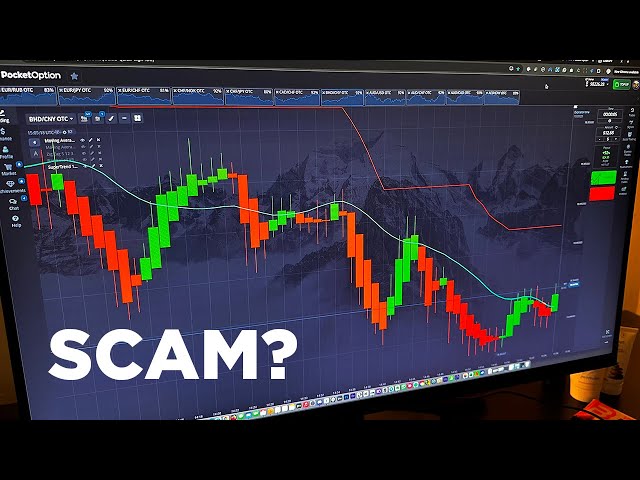trading-pocketoption.com
Pocket Option Donchian Channels 4
abril 25, 2025 - trading-pocketoption.com

Pocket Option Donchian Channels
The world of trading can often seem daunting, especially when you’re navigating the myriad of indicators and strategies available. One such tool that has stood the test of time is the Donchian Channels. This article delves into the Pocket Option Donchian Channels, highlighting how this indicator works, its advantages, and practical implementation for traders. For more detailed insights, feel free to check out this Pocket Option Donchian Channels https://trading-pocketoption.com/trendovyj-indikator-donchian-channels/.
Understanding Donchian Channels
Donchian Channels, developed by Richard Donchian, offer a clear visual representation of price movements over a specified period. It comprises three lines: the upper band, the lower band, and the middle band (the average of the two). The upper band represents the highest price in a given timeframe, while the lower band signifies the lowest price during that period. The middle band is calculated as the average of the upper and lower bands.
How Donchian Channels Work
The core concept behind Donchian Channels is to identify potential trading breakouts by analyzing price levels. When the price breaks above the upper band, it signals a potential bullish trend, and traders may consider entering a long position. Conversely, a breakout below the lower band may indicate a bearish trend, prompting traders to consider short positions.

Setting Up Donchian Channels on Pocket Option
To start using Donchian Channels on Pocket Option, follow these simple steps:
- Log in to your Pocket Option account.
- Select the asset you want to trade.
- Open the chart for that asset and locate the indicators panel.
- Add the Donchian Channels indicator from the list.
- Adjust the settings, such as the period length, based on your trading strategy.
Benefits of Using Donchian Channels
Incorporating Donchian Channels into your trading strategy can offer numerous benefits:
- Clear Signals: The clear visual representation of price action aids traders in making informed decisions.
- Trend Identification: Donchian Channels are effective in identifying emerging trends, allowing traders to capture significant price movements.
- Flexibility: This tool can be applied across different timeframes, whether you’re a day trader or a long-term investor.
- Risk Management: The indicator helps in setting stop-loss levels by defining support and resistance zones.
Integrating Donchian Channels with Other Indicators

While Donchian Channels are powerful on their own, their effectiveness can be enhanced when combined with other indicators. Here are a few suggestions:
- Moving Averages: Using moving averages alongside Donchian Channels can provide additional confirmation for trades.
- Relative Strength Index (RSI): The RSI can help determine whether an asset is overbought or oversold, providing an added layer of analysis when trading breakouts.
- Bollinger Bands: Combining Bollinger Bands with Donchian Channels helps assess volatility and improve your trading strategy.
Common Mistakes to Avoid When Using Donchian Channels
Like any trading tool, Donchian Channels aren’t without pitfalls. Here are some common mistakes traders should avoid:
- Ignoring the Bigger Picture: Always consider overall market trends and news that may impact price movements.
- Overtrading: Avoid entering too many trades based on minor breakouts; focus on significant movements to enhance profitability.
- Neglecting Risk Management: Always set stop-loss levels to protect your capital, especially in volatile markets.
Conclusion
Donchian Channels are a versatile tool that can significantly improve your trading outcomes when used correctly. By understanding their functionality, setting them up appropriately on Pocket Option, and integrating them with other indicators, you can enhance your trading strategy and potentially increase your profits. Always remember to prioritize risk management to safeguard your investments. Happy trading!

